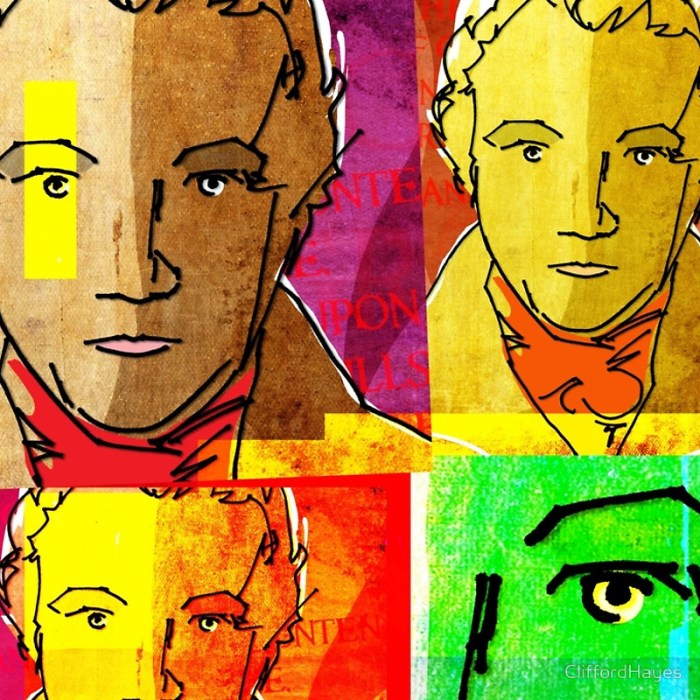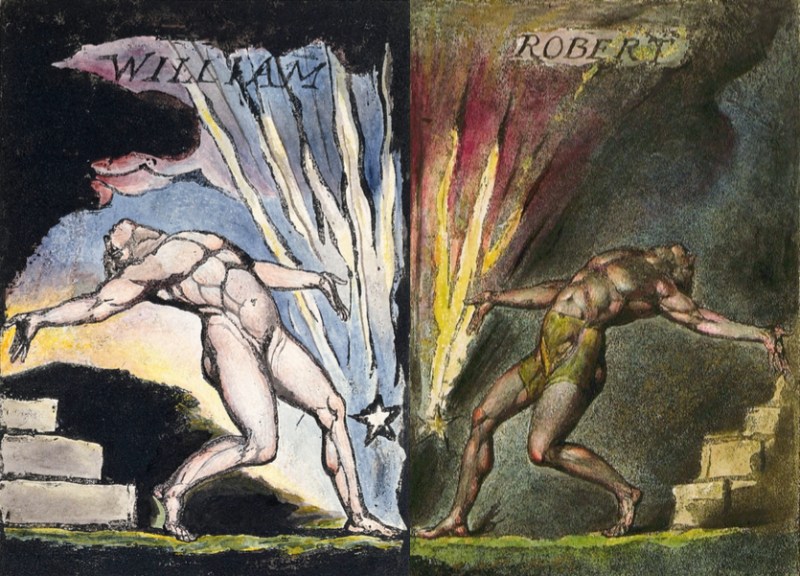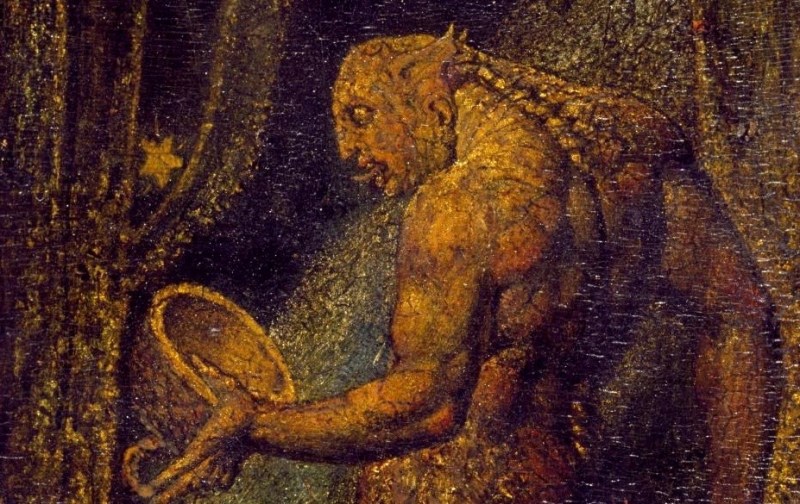Zen and the Art of Alan Watts
On Education, Ego, and Prickles and Goo (Left Brainers and Right Brainers)
Alan Watts (1915–1973) was a British philosopher, writer, and speaker, best known as an interpreter and populariser of Eastern philosophy for a Western audience. Born in England, he moved to the United States in 1938 and began Zen training in New York, before attending Seabird-Western Theological Seminary, where he received a master’s degree in theology. Watts became an Episcopal priest in 1945, but left the ministry in 1950 and moved to California, where he joined the faculty of the American Academy of Asian Zen Studies.
 Watts gained a large following in the San Francisco Bay Area and wrote more than 25 books and articles on subjects important to Eastern and Western religion, including The Way of Zen (1957), one of the first bestselling books on Buddhism, and Psychotherapy East and West (1961), in which he proposed that Buddhism should be thought of as a form of psychotherapy rather than a religion.
Watts gained a large following in the San Francisco Bay Area and wrote more than 25 books and articles on subjects important to Eastern and Western religion, including The Way of Zen (1957), one of the first bestselling books on Buddhism, and Psychotherapy East and West (1961), in which he proposed that Buddhism should be thought of as a form of psychotherapy rather than a religion.


